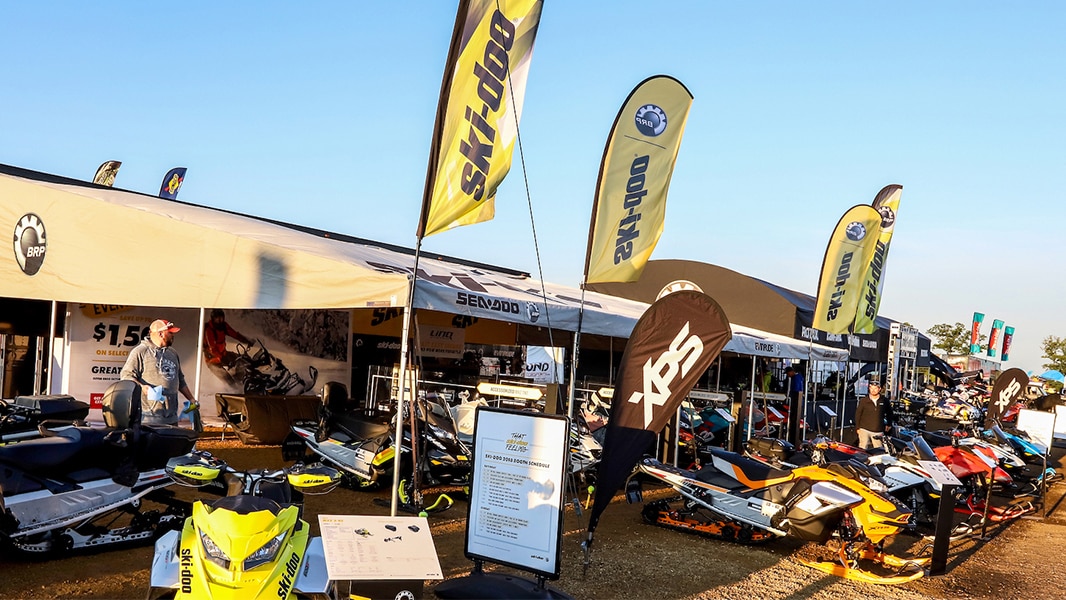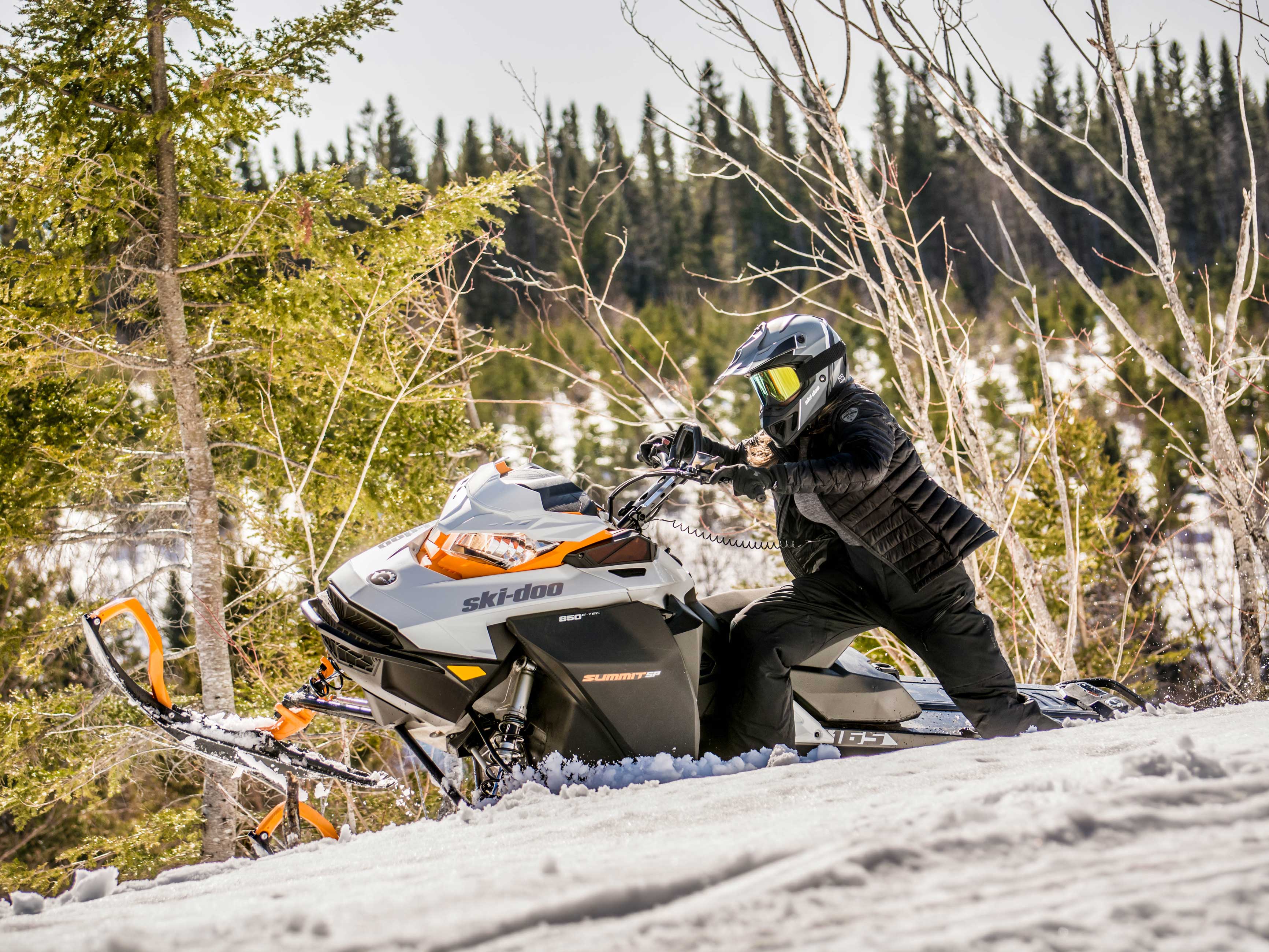here are three distinct teams involved in product development at BRP and ideas come from any or all of them – Product Strategy, Engineering and Design. Typically, Product Strategy reads where trends are headed; trying to anticipate customer needs and desires. Design interprets what the research is saying and looks for exciting ways to exceed those needs. Engineering has to make it feasible and brings many new technologies into play with every new idea the triad comes up with. But good ideas can come from anywhere – and the process can be adapted – but ultimately any product headed into production has to be something you the customer will want.
BRP Design and Innovation (D&I) is home to an international collection of some of the most creative thinkers in the powersports industry. It’s where ideas become concepts, and the seeds of new vehicle ideas are cultivated. The birthplace of today’s modern Ski-Doo snowmobiles, as well as other industry defining vehicles like Sea-Doo, Can-Am On-Road and Can-Am Off-Road.
The tour guide for the day was Matt Tandrup, Director of Design for Ski-Doo and Can-Am ORV. He is tasked with overseeing the future of Ski-Doo snowmobile design, as he explains both in the short and long term.
“The future is right here,” said Tandrup upon welcoming Jenkins inside, “We work in two different frames of mind around here. There’s product that’s 3-5 years away, and there’s other product we’re working on that are more like 10-15 years away.”
Long before a Ski-Doo sled ever arrives at a dealership, even before the building of concepts and prototypes, the minds in BRP’s D&I Center are grinding away, shaping the future of powersports. Far from an “idea mill” this integral component is just one part of BRP’s entire product development process.
A sled starts in the D & I building with drawings and small scale foam or clay models. It’s debated and scrutinized by a design team. In the case of the REV Gen4 snowmobiles, a bit of competition was used between designers with one of several design concepts being approved.
“There is exceptional competition among employees at the D & I Center. Components of vehicles are evaluated on the smallest details,” explained Philippe Petit, lead product designer for the Ski-Doo REV Gen4 platform. “One particular vehicle component I was in charge of was declined because it weighed 7 grams too much,” he added.
Evaluating design concepts is done in numerous ways, but one of the most competitive is the mirror evaluation. The process involves two small (one-third or one-fourth scale) concept models split down their centerline. A half of each model is placed on either side of a mirrored divider giving designers a complete view of each concept, and immediately allowing them to step to the other side and compare a different idea.
However, just because a design concept is approved doesn’t mean it gets the full green light. Before things advance much farther, the Engineering Department must validate the design concept ensuring things like tooling, materials and assembly line capabilities are all adequate. And if they’re not, what are the costs associated with getting there?
“Once we have an approved design concept, the game of ping pong starts between product design and engineering,” Petit said.
BRP is in the intentionally fortunate position of having their D & I building right next door to its engineering department. The conversation and collaboration are constant between the two teams. “Healthy discussions” between the design and engineering teams are part of the process. And yes, they keep score!
As the two sides continue to bring the project into focus, the foam and clay models get bigger until there’s a full-size “working” clay replica. But the imagining and creating never stops.
“The beauty of clay and the reason we use it is because we can constantly be sizing, shaping, adding or subtracting down to the smallest little curve or corner,” said Tandrup. “We can try new ideas constantly throughout the process almost right up until we start building actual sleds.”
So how long does this all take from concept drawing to actually building and testing prototypes?
“It typically takes 24-36 months for an idea to go from a sketch on paper to the prototype testing phase. Sometimes even longer depending on scope of the project,” Tandrup said.
“We draw inspiration from all over the place,” said Petit. “It comes from our past, it comes from consumer demand, but we almost never start from scratch. I always say, ‘You can never have the green without first knowing the yellow and the blue.”

